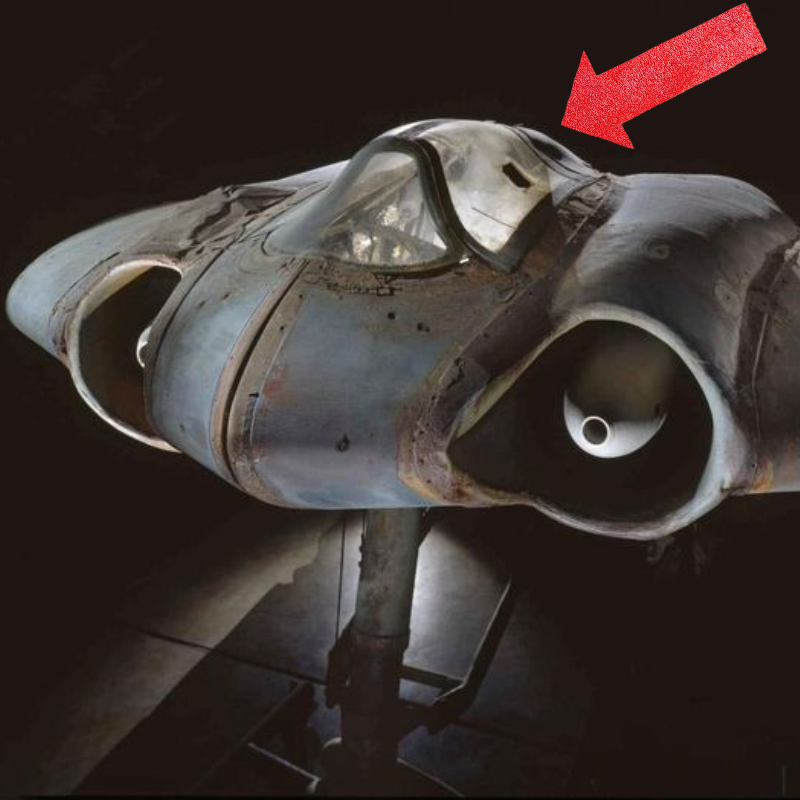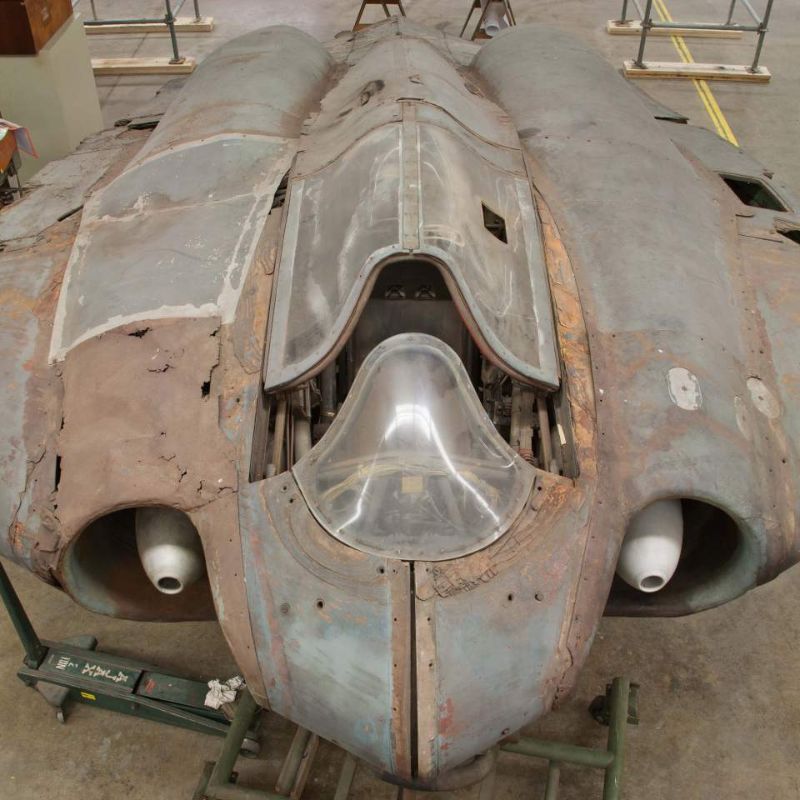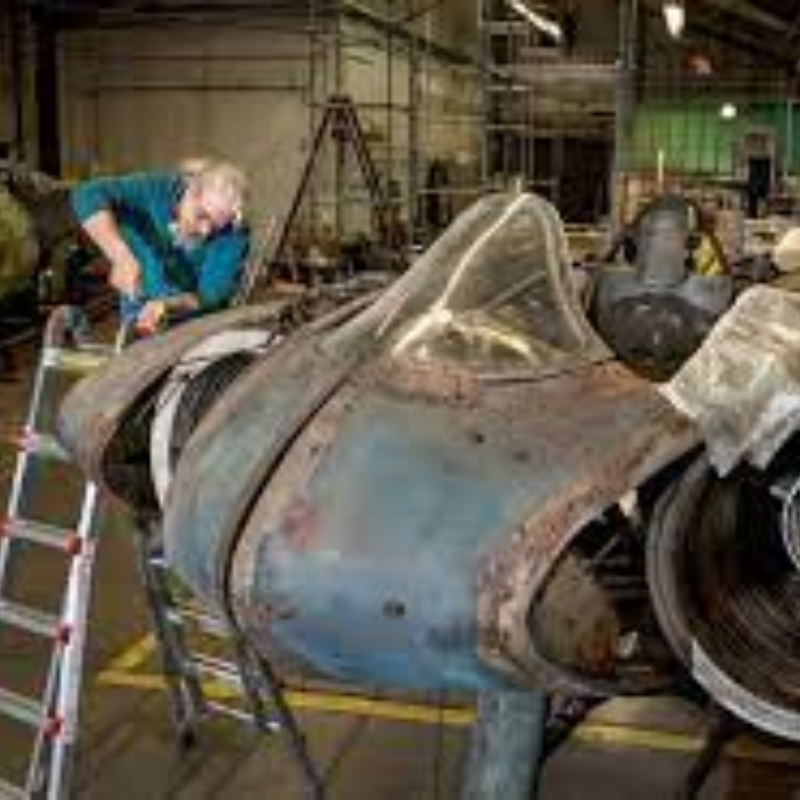Amidst the tumult of World War II, amidst the roar of engines and the clamor of battle, emerged a technological marvel that would redefine the future of aviation – the German WW2 aircraft, known as the Ho 229. Conceived in the crucible of Nazi Germany’s aerospace industry, the Ho 229 stands as a testament to the ingenuity and ambition of its creators. In this article, we embark on a journey through the annals of history to unravel the enigma of the Ho 229, the first pure flying wing powered by jet engines.

The Birth of a Vision
In the midst of World War II, with Allied bombers pounding German cities and industrial centers, the need for advanced aircraft capable of evading radar detection and achieving greater speeds became paramount. Enter the Horten brothers – Reimar and Walter, visionary aircraft designers who conceived the idea of a jet-powered flying wing. Their radical design, known as the Ho 229, promised unparalleled speed, range, and stealth capabilities, making it a potential game-changer in aerial warfare.
Revolutionary Design Features
What set the Ho 229 apart from conventional aircraft of its time was its radical design philosophy. Unlike traditional planes with distinct fuselages and tail fins, the Ho 229 featured a sleek, swept-wing profile with no protruding tail surfaces. This “flying wing” design minimized drag and maximized lift, resulting in superior aerodynamic performance and reduced radar signature. Additionally, the Ho 229 was one of the first aircraft to incorporate jet engines, further enhancing its speed and maneuverability.

The Ho 229’s Operational Legacy
Although the Ho 229 never saw active combat during World War II, its technological innovations and design principles left an indelible mark on the future of aviation. The aircraft’s advanced aerodynamics and stealth capabilities foreshadowed the development of modern stealth aircraft, such as the Northrop B-2 Spirit. Moreover, the Ho 229’s influence extended beyond its wartime context, inspiring subsequent generations of aerospace engineers and designers to explore the potential of flying wing configurations.
The Journey to Preservation
Despite its revolutionary design and technological significance, only one prototype of the Ho 229, designated V3, survived the war. Following Germany’s surrender in 1945, the aircraft fell into the hands of Allied forces, who conducted extensive testing and evaluation. Miraculously, the Ho 229 V3 survived the ravages of time and neglect, eventually finding its way to the Smithsonian National Air and Space Museum, where it stands today as a testament to the ingenuity and innovation of its creators.

Conclusion
As we reflect on the legacy of the German WW2 aircraft, the Ho 229, we are reminded of the profound impact of technological innovation on the course of history. From its radical design to its enduring legacy in aviation, the Ho 229 remains a symbol of human ingenuity and ambition in the face of adversity. As we continue to push the boundaries of aerospace engineering and exploration, let us not forget the pioneering spirit of the Horten brothers and their revolutionary flying wing.


